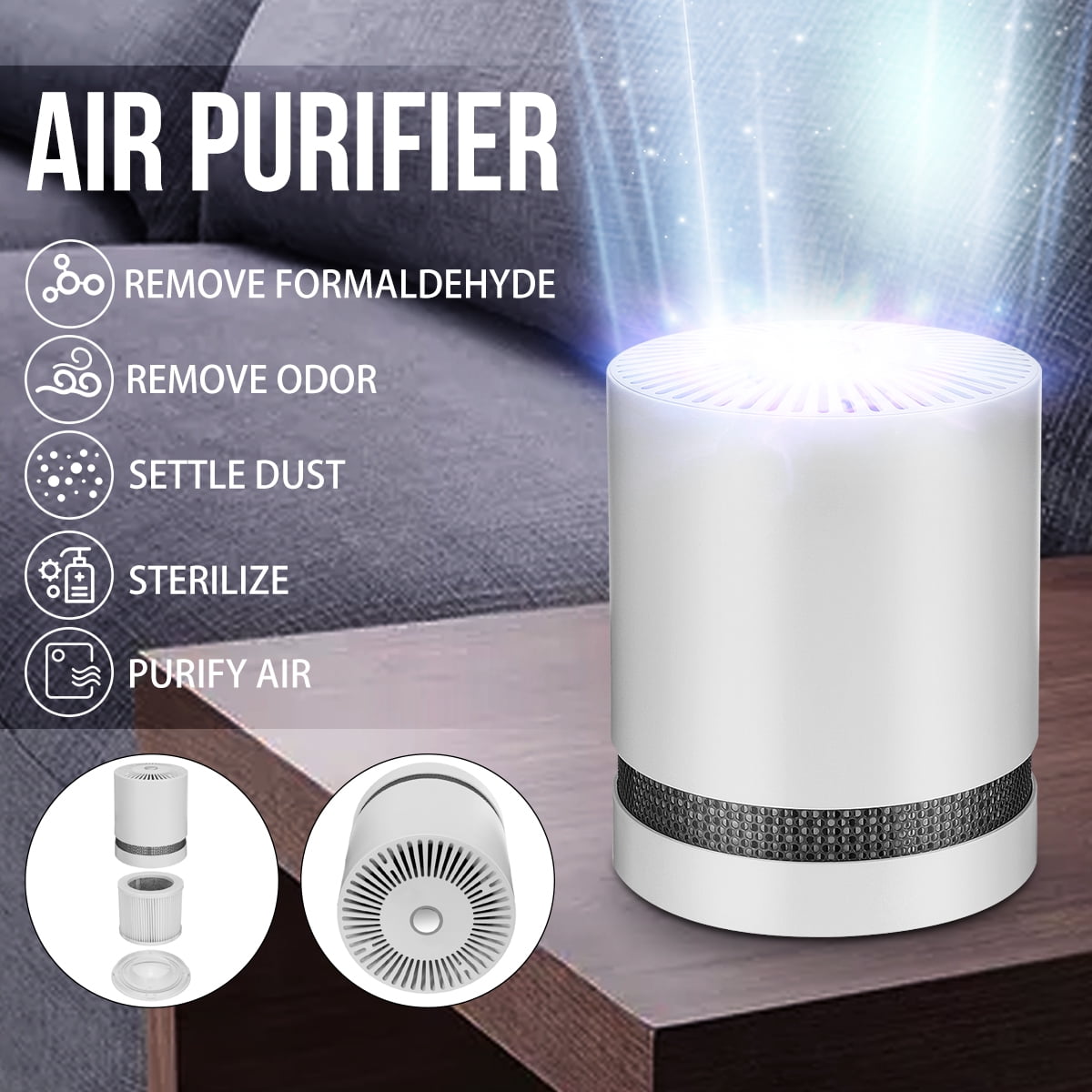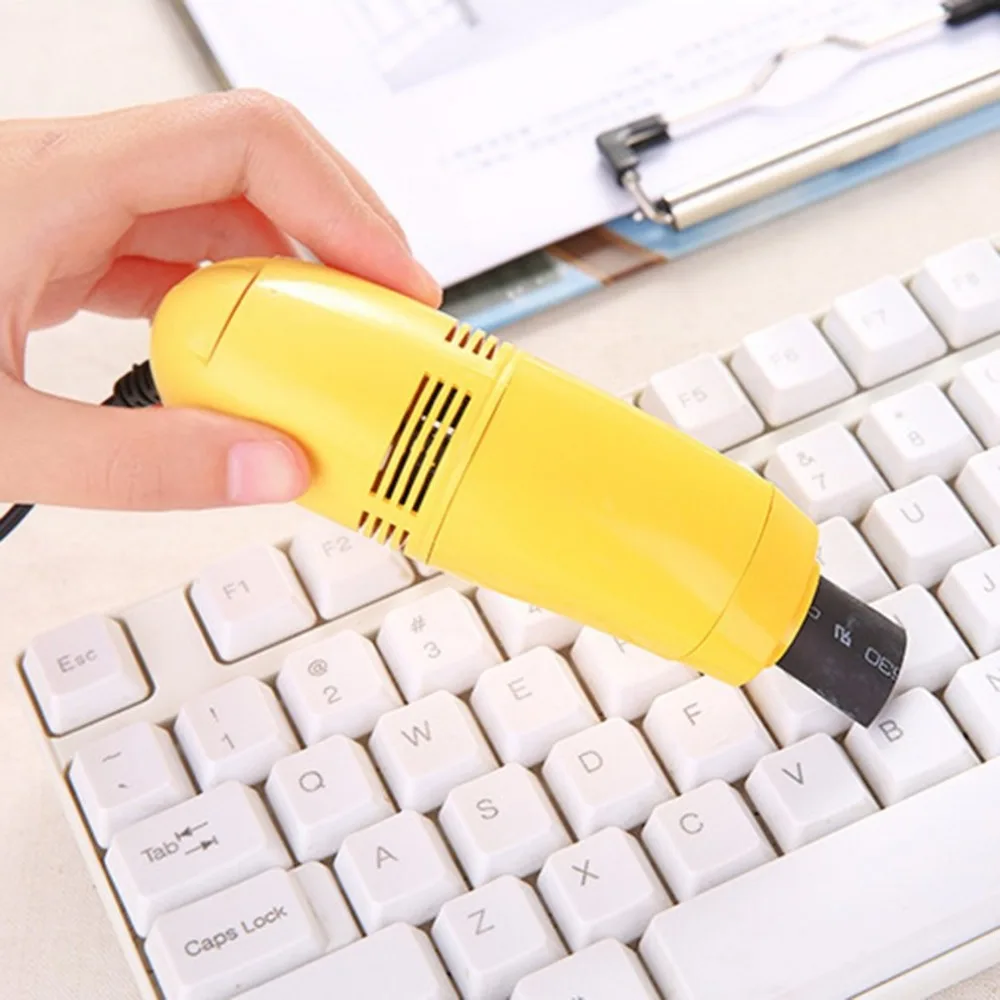

- #Best desktop cleaner for dust how to#
- #Best desktop cleaner for dust full#
- #Best desktop cleaner for dust Pc#
You don’t want to use too much paste (otherwise it will leak and spill over), but you also don’t want to use too little (otherwise you risk overheating). Once the CPU socket and surrounding area have been properly cleaned, reinsert the CPU chip and apply some fresh thermal paste directly onto the top center of the chip. This can be done with isopropyl alcohol and either cotton swabs or a cloth. If you notice that thermal paste is leaking over from the top of the chip onto your motherboard, or if it has been a few years, you should definitely consider cleaning it.Īfter detaching the heat sink, start by removing any excess thermal paste from the bottom of the heat sink, from the top of the CPU chip, and from around the CPU.
#Best desktop cleaner for dust Pc#
The process of cleaning a CPU is a little more involved than most other components, but it can greatly benefit your PC if done correctly. If you remove components like your graphics card, RAM, or CMOS battery, you can clean their corresponding motherboard slots with a blast or two of compressed air. Doing so can void their respective warranties, and potentially cause serious harm to the component or (in the power supply’s case) to yourself. You should never take apart the hard drive or the power supply, not even to clean them. Caked-on dust or dirt can be rubbed away with isopropyl alcohol using either a cloth or a Q-tip for hard-to-reach places. Compressed air (or an air compressor if you don’t want disposable) should be enough for components like the graphics card and hard drive, and you can use a dry cloth to wipe down the hard drive and power supply if you want to really be thorough. The best way to clean an internal component is to disconnect it from the larger system (the motherboard, power supply, etc.) and utilize the above compressed air/Q-tip tactics as needed.
#Best desktop cleaner for dust how to#
If it’s a case fan or heat sink fan, physically unscrewing and removing it can help with the cleaning process, just make sure you know how to properly put the fan back once you’re done. If there’s caked-on dust leftover after you’ve finished blowing compressed air, you can use a Q-tip dipped in isopropyl alcohol to carefully wipe down each individual fan blade.

Just make sure that if you’re cleaning a case fan, you open up the case so that you can blow the dust out into the environment and not back into the computer. Remove the keycaps and really get in there, just make sure you don’t lose any! Cleaning Fansįor virtually any PC fan (case fans, graphics card fans, heat sink fans, etc.), a few blasts of compressed air can remove most loose dust. If you’re using a keyboard with removable keys, even better. If you want to really deep-clean your keyboard, you can use a Q-tip to clean in-between the keys. A damp cloth is ideal for cleaning your monitor screen and removing dust/skin flakes from your keyboard and/or mouse. Cleaning External Componentsĭepending on the specific component you’re cleaning, you probably won’t need more than a damp cleaning cloth and maybe some Q-tips. Once you’re ready to start cleaning your PC, unplug it from its power source and, just to be safe, flip the power switch off.
#Best desktop cleaner for dust full#
It’s not always necessary to give your PC a full scrub down, but taking the time to properly clean more sensitive components can go a long way in ensuring their longevity. In this guide, we’ll explain the best practices and recommended tools for the properly maintaining and cleaning of both internal and external PC components. External peripherals like keyboards and monitors can become dirty over time as well, which makes routine maintenance and cleaning an essential part of PC ownership. Despite its abundance of moving parts, the fact that your PC is usually sitting in one location for long stretches of time means its internal components are susceptible to dust buildup.


 0 kommentar(er)
0 kommentar(er)
